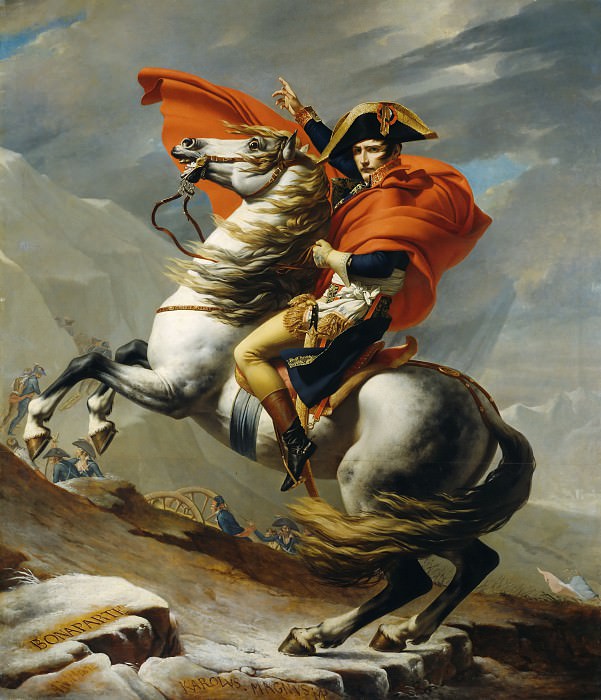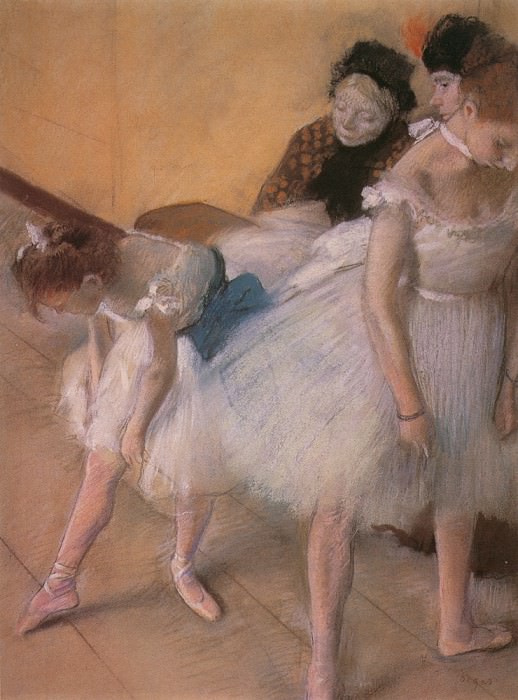The Art of Pieter Bruegel the Elder: A Masterful Chronicle of Human Life
Pieter Bruegel the Elder, a central figure in the Northern Renaissance, is celebrated for his extraordinary ability to capture the essence of human experience through his art. His paintings and prints are not merely depictions of life in the 16th century but are timeless reflections of the human condition. Bruegel's work resonates with a deep understanding of the complexities of human nature, society, and the environment, making him one of the most significant artists in European history.
A Unique Perspective on Landscape and Peasant Life
Bruegel's work is distinguished by his profound connection with the land and its people. Unlike many of his contemporaries, who focused on religious and classical themes, Bruegel turned his attention to the everyday lives of peasants. His landscapes, teeming with figures engaged in mundane activities, present a microcosm of the world. Paintings like "The Harvesters" and "The Return of the Herd" illustrate his keen observation of nature and his appreciation for the rhythms of rural life.
These landscapes are not mere backdrops; they are integral to the narrative, reflecting the harmony and struggle between man and nature. The vastness of the fields, the changing seasons, and the toil of the workers are depicted with a sensitivity that reveals Bruegel's deep empathy for the common folk. His work captures the beauty of the natural world while also hinting at the hardships faced by those who work the land.
The Allegorical Power of Bruegel's Art
Bruegel's paintings often carry a strong allegorical message, using visual metaphors to comment on the human condition. "The Tower of Babel" is a prime example, where Bruegel explores the theme of human ambition and the futility of striving for unattainable goals. The colossal structure, incomplete and crumbling, serves as a powerful reminder of the consequences of overreaching pride. This painting, like many others by Bruegel, invites the viewer to reflect on the moral and spiritual lessons embedded within the composition.
Another masterpiece, "The Triumph of Death," offers a grim commentary on the inevitability of death and the vanity of earthly pleasures. The painting is a chilling panorama of destruction, with death depicted as an unstoppable force sweeping through a landscape littered with the remains of human folly. Bruegel's use of vivid detail and dark humor in this work exemplifies his ability to convey complex ideas through his art.
Social Commentary Through Satire
Bruegel was a keen observer of the social dynamics of his time, and his art often serves as a critique of the societal norms and behaviors of the 16th century. His satirical approach is evident in works like "The Fight Between Carnival and Lent," where he contrasts the excesses of Carnival with the austerity of Lent. The painting is a lively scene filled with symbolism, representing the tension between indulgence and restraint, a theme that remains relevant in today's world.
In "Netherlandish Proverbs," Bruegel brings to life over a hundred proverbs and idioms, each vignette illustrating a different aspect of human folly. This painting is a visual encyclopedia of wisdom and wit, offering insights into the values and beliefs of Bruegel's contemporaries. Through his use of humor and irony, Bruegel exposes the absurdities of human behavior, making his work both entertaining and thought-provoking.
Bruegel's Influence on the Art World
The impact of Pieter Bruegel the Elder on the art world is immeasurable. His innovative approach to composition, his use of landscape as a narrative tool, and his focus on the lives of ordinary people set him apart from his peers and established him as a pioneer in the development of genre painting. Bruegel's work influenced generations of artists, from his own sons, Pieter Brueghel the Younger and Jan Brueghel the Elder, to later masters like Peter Paul Rubens and Rembrandt.
Bruegel's ability to blend realism with allegory and his talent for capturing the subtleties of human emotion have earned him a lasting legacy. His paintings continue to be studied and admired for their technical mastery and their deep understanding of the human experience. Bruegel's work not only reflects the world of the 16th century but also speaks to the universal themes that transcend time and place.
The Techniques Behind Bruegel's Masterpieces
Bruegel's artistic technique was as innovative as his subject matter. He employed a meticulous attention to detail, with each figure and element in his paintings carefully rendered to contribute to the overall narrative. His use of color and composition was deliberate, guiding the viewer's eye through the complex scenes he depicted. Bruegel often used a bird's-eye view to present a panoramic perspective, allowing him to include a vast amount of detail and create a sense of depth and scale.
One of the most remarkable aspects of Bruegel's technique is his ability to balance the micro and macro elements within a single composition. In "The Hunters in the Snow," for example, the viewer is drawn into the scene by the intimate details of the hunters and their dogs in the foreground, while the expansive landscape in the background provides a sense of the broader context. This dual focus allows Bruegel to tell multiple stories within a single image, making his paintings rich with meaning and open to various interpretations.
The Legacy of Pieter Bruegel the Elder
Pieter Bruegel the Elder's legacy extends beyond his contributions to art; he also played a significant role in shaping the cultural and intellectual landscape of his time. His work reflects the philosophical and theological debates of the 16th century, as well as the social and political upheavals that characterized the period. Bruegel's art offers a window into the mindset of his contemporaries, providing valuable insights into the concerns and aspirations of people living during a time of great change.
Bruegel's influence can be seen in the works of later artists who were inspired by his unique approach to narrative and composition. His ability to capture the essence of human life in all its complexity has made him a revered figure in the history of art. Today, Bruegel's paintings are housed in some of the world's most prestigious museums, where they continue to captivate audiences with their timeless beauty and profound insights.
Conclusion: Bruegel's Enduring Relevance
The art of Pieter Bruegel the Elder remains as relevant today as it was in the 16th century. His exploration of themes such as the fragility of human life, the folly of ambition, and the relationship between man and nature resonates with contemporary audiences. Bruegel's ability to combine realism with allegory, his keen social commentary, and his innovative use of landscape and narrative make him one of the most important artists in the history of Western art.
As we continue to grapple with the complexities of modern life, Bruegel's work serves as a reminder of the enduring power of art to reflect, critique, and illuminate the human condition. His paintings are not just masterpieces of technique and composition; they are profound meditations on the nature of existence, offering insights that are as meaningful today as they were over four centuries ago. In the art of Pieter Bruegel the Elder, we find a timeless expression of the human spirit, one that continues to inspire and challenge us to this day.




